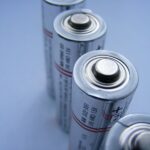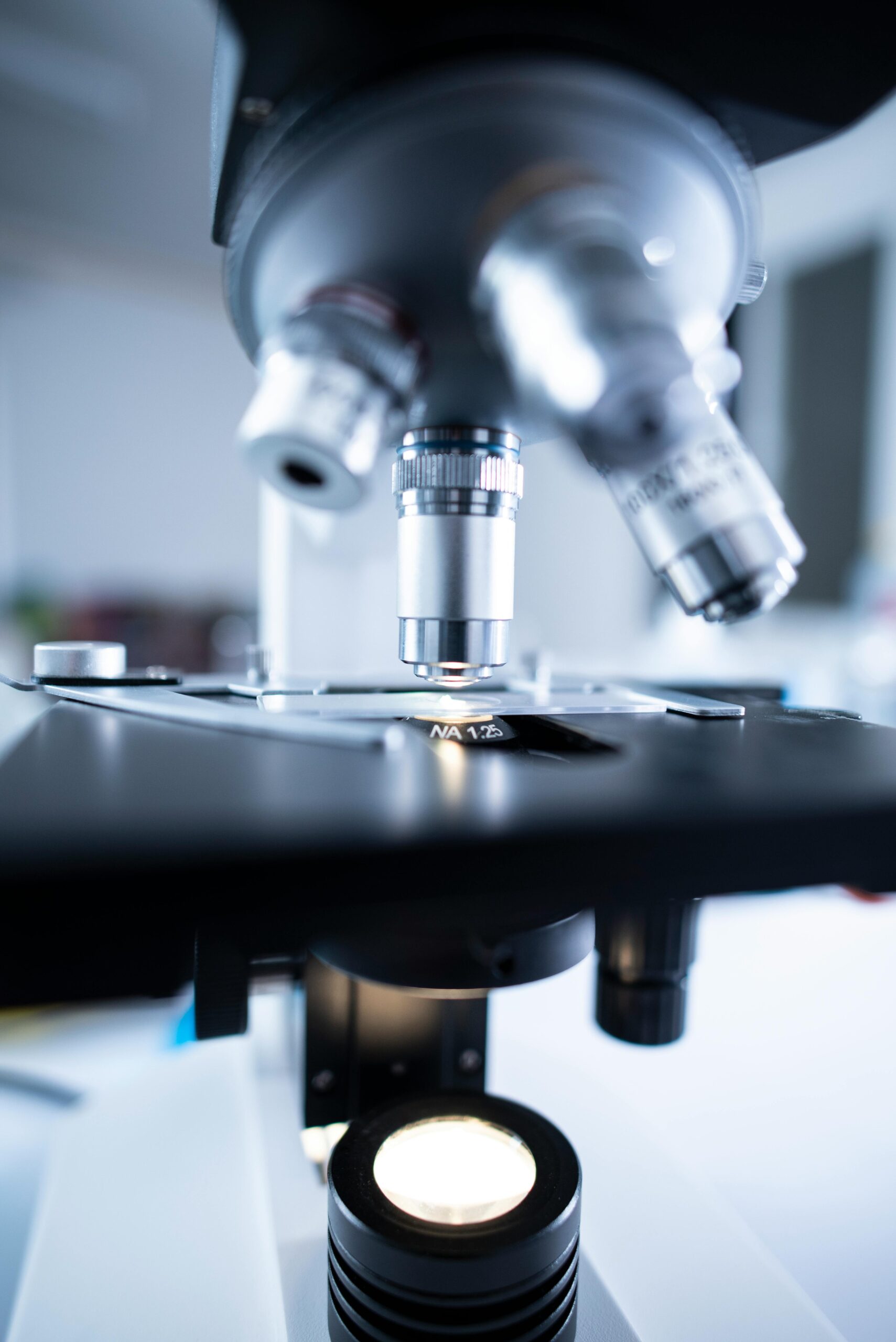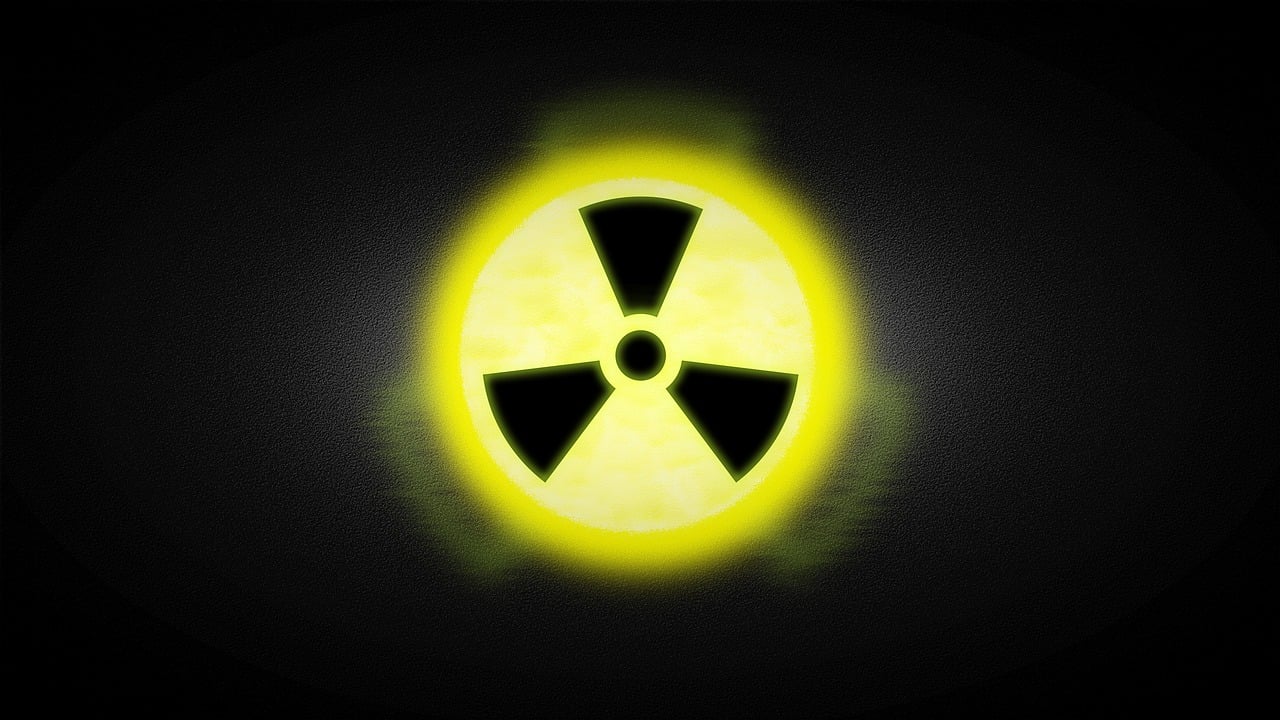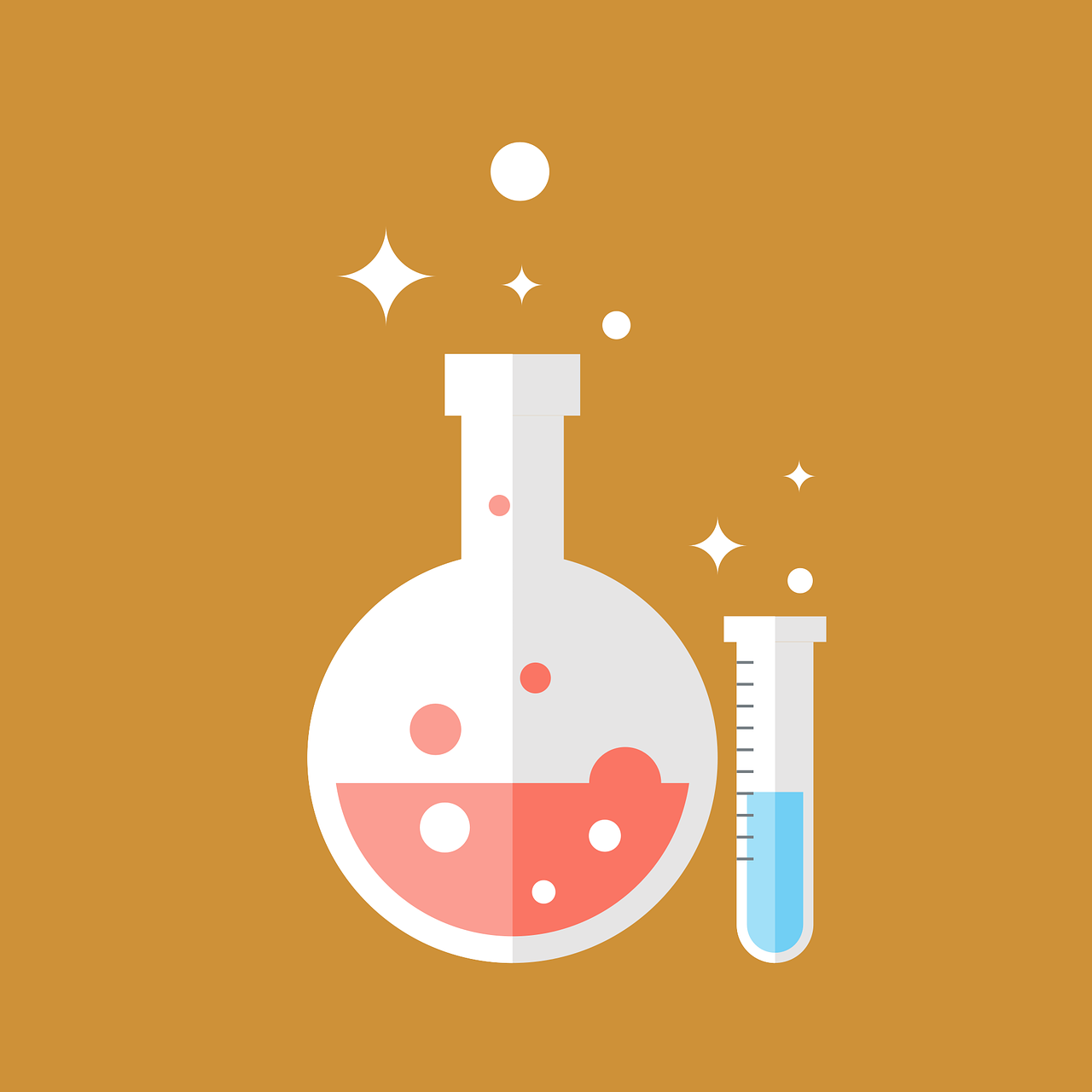Water is the fundamental currency of life, the solvent in which the biochemistry of our existence takes place. Yet, for a growing number of the world’s population, this vital resource is either dangerously contaminated or geographically and physically scarce. Climate change, population growth, and industrial pollution are intensifying this global challenge, pushing communities and nations to the brink of water stress. In response, humanity has engineered a sophisticated suite of scientific processes to purify available water and create new sources where none existed before. This is the critical, evolving science of water treatment and desalination—a field where chemistry, physics, and biology converge to secure our most precious resource.
Part 1: The Multi-Barrier Defense: Conventional Water Treatment
The journey of a raindrop from a polluted river to a crystal-clear, safe stream flowing from your tap is a marvel of modern engineering. Conventional water treatment is not a single process but a “multi-barrier” approach, where each stage targets specific contaminants, ensuring that if one stage falters, others provide a safety net.
1. The Chemical Handshake: Coagulation and Flocculation
The process begins with raw water that is a complex cocktail of suspended solids: fine silt, clay, bacteria, viruses, and organic matter. These particles are often colloids, so small that their negative electrical charges cause them to repel each other, remaining perpetually suspended. Simply letting the water sit would take an impractically long time for these particles to settle.
To overcome this, treatment plants employ a chemical solution known as coagulation. A coagulant—typically a salt like aluminum sulfate (alum) or ferric chloride, which carries a strong positive charge—is rapidly mixed into the water. This neutralizes the negative charges on the colloids, destabilizing them. Following this charge neutralization, the water enters a gentler mixing phase known as flocculation. Here, the destabilized particles begin to collide and stick together, forming larger, visible, snowflake-like aggregates called “flocs.” These flocs are the key—they are large and heavy enough for the next stage to work effectively.
2. Harnessing Gravity: Sedimentation
The water, now laden with flocs, flows into massive sedimentation basins (or clarifiers). In these vast, quiet pools, the flow is slowed to a near-standstill, allowing gravity to perform its ancient work. The heavy flocs gradually sink to the bottom of the basin, forming a thick, slurry-like layer known as sludge. This sludge is periodically scraped and removed for further processing and disposal. After sedimentation, the water above is noticeably clearer, having shed a significant portion of its physical contaminants. However, it is far from pure; microscopic particles and dissolved impurities remain.
3. The Physical Barrier: Filtration
This clarified water then passes through the physical workhorse of the treatment plant: filtration. Traditionally, this involves passing the water through layers of sand, gravel, and anthracite coal. These granular media act as a labyrinth, trapping the remaining fine particles. The top layer of fine sand catches the smallest contaminants, while the underlying layers of coarser materials provide support and handle larger debris.
Modern plants increasingly employ advanced membrane filtration, a technology that has revolutionized purification:
Microfiltration: Using membranes with pores around 0.1 microns, this process effectively removes bacteria, protozoa (like Giardia and Cryptosporidium), and turbidity.
Ultrafiltration: With even smaller pores (down to 0.01 microns), ultrafiltration membranes can remove viruses and large organic molecules, providing a higher level of protection.
4. The Final Guard: Disinfection
Even after filtration, the water may still harbor pathogenic microorganisms invisible to the naked eye. Disinfection is the non-negotiable final step that ensures the water is microbiologically safe for human consumption. The most prevalent method globally is chlorination. Chlorine is a powerful oxidant that destroys the cell walls and enzymes of microbes. A crucial advantage is its “residual” effect; a small amount of chlorine remains in the water as it travels through miles of distribution pipes, protecting against any potential recontamination before it reaches the tap.
Alternative disinfection methods are also widely used, often in combination with chlorine. Ozonation involves injecting ozone gas (O₃), an even stronger oxidant than chlorine, which is highly effective at killing pathogens and improving taste and odor. UV (Ultraviolet) Irradiation exposes water to UV-C light, which damages the DNA of microorganisms, preventing them from reproducing. Each method has its trade-offs in terms of cost, effectiveness, and residual protection, leading many plants to use a multi-pronged disinfection strategy.
Part 2: Creating Water from the Sea: The Science of Desalination
When conventional freshwater sources—rivers, lakes, and aquifers—are overdrawn or depleted, the logical, if formidable, solution is to tap the Earth’s vast oceans. Desalination, the process of removing dissolved salts and minerals from seawater or brackish groundwater, is an energy-intensive but increasingly indispensable technology. It primarily relies on two distinct scientific principles: heat-driven phase change and pressure-driven membrane separation.
1. Thermal Desalination: The Art of Distillation
Thermal methods are the oldest form of desalination, essentially replicating the natural hydrological cycle of evaporation and condensation on an industrial scale. They are most common in energy-rich, water-scarce regions like the Middle East.
Multi-Stage Flash (MSF) Distillation: In this process, seawater is heated in a vessel called a brine heater. The water is kept under high pressure to prevent it from boiling. This superheated saltwater is then released into a series of connected chambers, each maintained at a progressively lower pressure. As the water enters each low-pressure chamber, it immediately “flashes” into steam. The key to efficiency is that the latent heat released when this steam condenses on heat exchanger tubes is used to pre-heat the incoming seawater, reducing the overall energy requirement. The condensed steam is collected as fresh, pure water, while the remaining brine becomes more concentrated at each stage.
Multi-Effect Distillation (MED): This is generally considered more thermally efficient than MSF. It also uses a series of chambers (effects). Steam from a primary heat source is passed through tubes in the first chamber, causing the surrounding seawater to evaporate. The steam generated from this first evaporation is then used as the heat source for the second chamber, which operates at a lower temperature and pressure. This process repeats, with each “effect” reusing the thermal energy from the previous one, maximizing the yield of fresh water per unit of energy input.
2. Membrane Desalination: The Reign of Reverse Osmosis (RO)
While thermal distillation is effective, the dominant force in modern desalination is Reverse Osmosis (RO), a membrane technology celebrated for its relative energy efficiency. To understand RO, one must first grasp the natural phenomenon of osmosis.
Osmosis is a fundamental biological process. If a semi-permeable membrane (which allows water molecules to pass but blocks salt ions) separates fresh water from salt water, water will naturally flow from the fresh side to the salt side in an attempt to equalize the solute concentration.
Reverse Osmosis applies engineering to overcome nature. By exerting immense external pressure—typically between 600-1000 psi for seawater—on the saltwater side, the natural osmotic flow is reversed. This tremendous pressure forces water molecules through the dense, polymer-based RO membrane, while approximately 99.8% of dissolved salts, along with nearly all bacteria, viruses, and organic molecules, are rejected and flushed away as a concentrated brine stream.
Continuous innovation has made RO membranes more durable, fouling-resistant, and permeable, steadily driving down the cost and energy footprint of desalinated water. Pre-treatment processes, including the conventional steps of coagulation and filtration, are critical to protect the sensitive RO membranes from scaling and biofouling.
Challenges, Innovations, and The Future of Water Security
Despite their life-saving potential, both conventional treatment and desalination face significant hurdles that drive ongoing scientific research.
Persistent Challenges:
Energy and Carbon Footprint: Desalination, particularly the high-pressure pumps of RO, remains energy-intensive. This contributes to operational costs and, if the energy comes from fossil fuels, a significant carbon footprint.
Brine Management: For every liter of fresh water produced by desalination, about 1.5 liters of hyper-salty brine is generated. Discharging this brine back into the ocean requires careful diffuser systems to prevent damaging local marine ecosystems through increased salinity and toxicity.
Emerging Contaminants: Conventional plants are now grappling with “Emerging Contaminants” like pharmaceuticals, personal care products, and industrial chemicals (often termed “forever chemicals” or PFAS). These are not fully removed by standard treatment processes, necessitating advanced oxidation or specialized filtration.
The Vanguard of Innovation:
The future of water purification is being shaped by cutting-edge science aimed at overcoming these challenges:
Biomimicry and New Materials: Scientists are developing biomimetic membranes inspired by the ultra-efficient water channels (aquaporins) in cell membranes. Another promising avenue is graphene oxide, which can form atom-thin sieves with exceptionally high flow rates and salt rejection capabilities, potentially revolutionizing RO.
Renewable Integration: The coupling of desalination with renewable energy is a game-changer. Solar-powered RO plants and wind-powered systems are becoming more feasible, decoupling water production from greenhouse gas emissions.
Advanced Potable Reuse: Perhaps the most sustainable path forward is the widespread adoption of direct potable reuse (DPR), or “toilet-to-tap.” Using a robust treatment train that includes microfiltration, reverse osmosis, and advanced oxidation with UV light and hydrogen peroxide, wastewater can be purified to a standard that exceeds most conventional drinking water, creating a drought-proof, local water supply.
Conclusion
The science of water treatment and desalination is a profound demonstration of human ingenuity in the face of existential challenges. From the elegant chemistry of coagulation to the immense physical force of reverse osmosis, these processes form an intricate technological shield against waterborne disease and scarcity. They are not merely engineering feats but essential tools for peace, health, and economic stability. As research continues to forge more efficient, sustainable, and resilient solutions, this vital field will remain at the forefront of our collective effort to build a hydrated and secure future for all.















